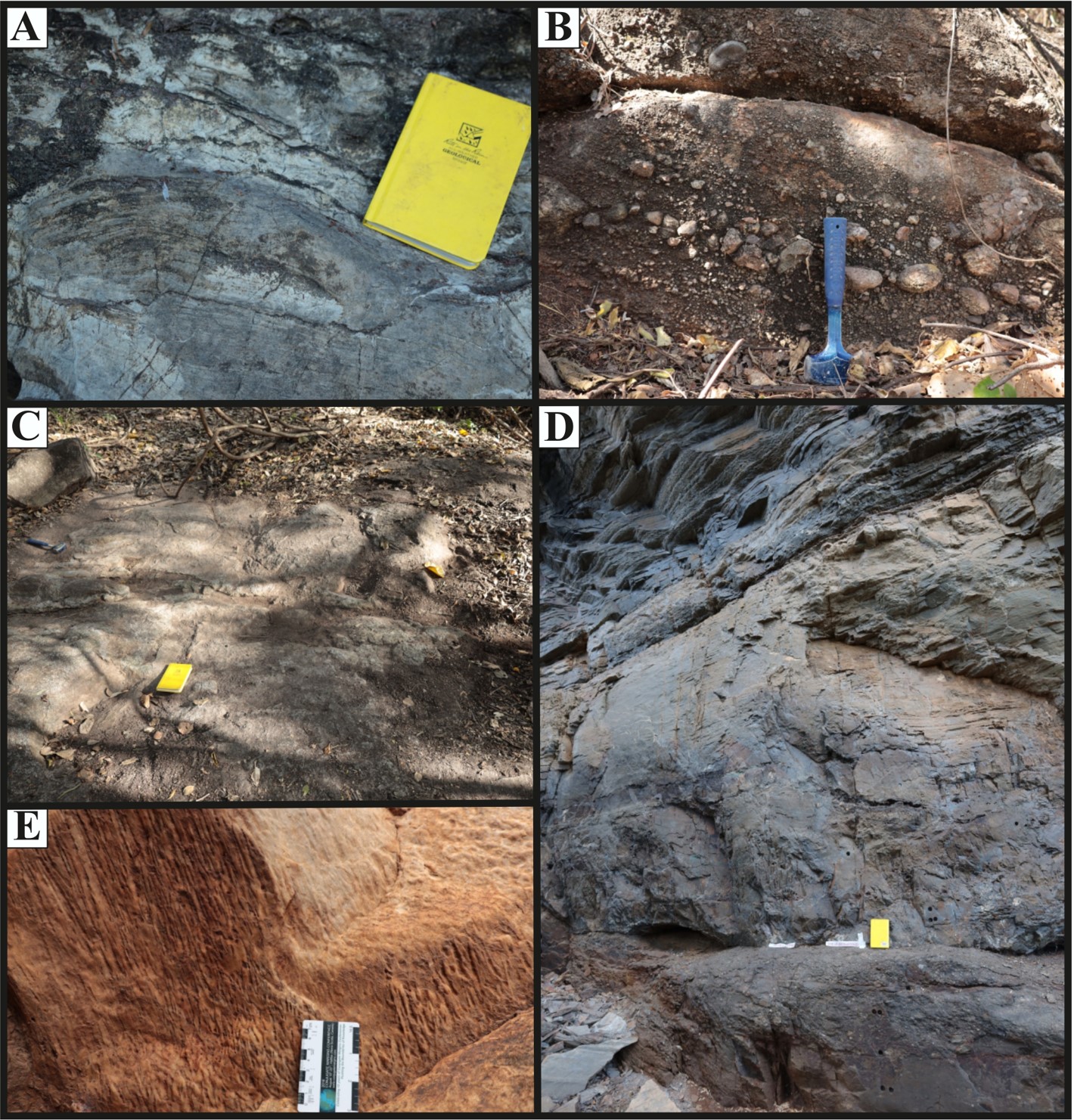Timing constraints on the Neoproterozoic Snowball Earth dynamics
The geological records of Neoproterozoic Snowball Earth episodes and Ediacaran life revolutions are key to investigate the interplay between Earth’s tectonic processes, climate, and environment prior to diversification of multicellular life. The timing of these extreme environmental changes relies upon dating of scarce volcanoclastic deposits and chemostratigraphic correlations (e.g., 87Sr/86Sr, C and O isotope curves) of carbonate successions. New laser ablation techniques for direct carbonate dating can change what we know about how, when, and why Earth became hospitable for widespread multicellular life.
This project focuses on the geochemical investigation of in-situ U-Pb carbonate geochronology and in situ 87Sr/86Sr isotope chemostratigraphy of Cryogenian /Ediacaran successions, including the Miaba Group , the iron-formation bearing Jacadigo Group and the phosphorite-bearing Bocaina Formation in South America. This study is part of an international cooperation between the University of São Paulo, the State University of Campinas, and ETH Zurich.
Figure: A) Examples of dolomitized columnar stromatolitic assemblage from the Ediacaran Bocaina Formation; B) Sturtian diamictite deposit from the Jacadigo Group; C) Glacial groove marks into the basement surface of the Jacadigo Group; D) Sturtian diamictite-cap dolostone couplet from the Miaba Group; E) Stromatolite growth structures at the cap dolostone base of the Jacoca Formation, Miaba Group.

